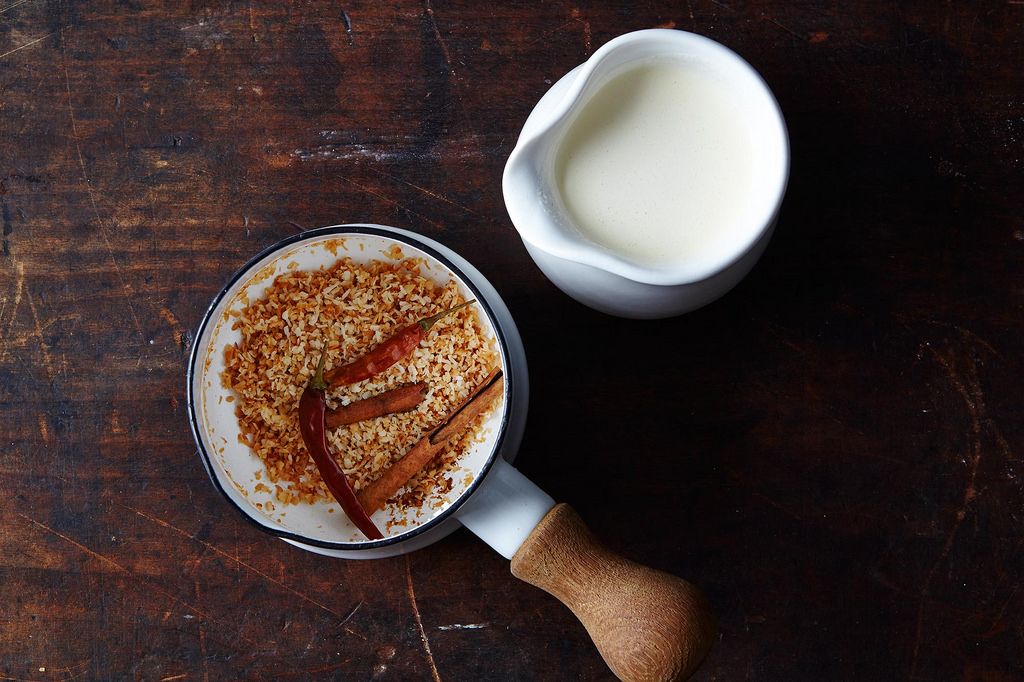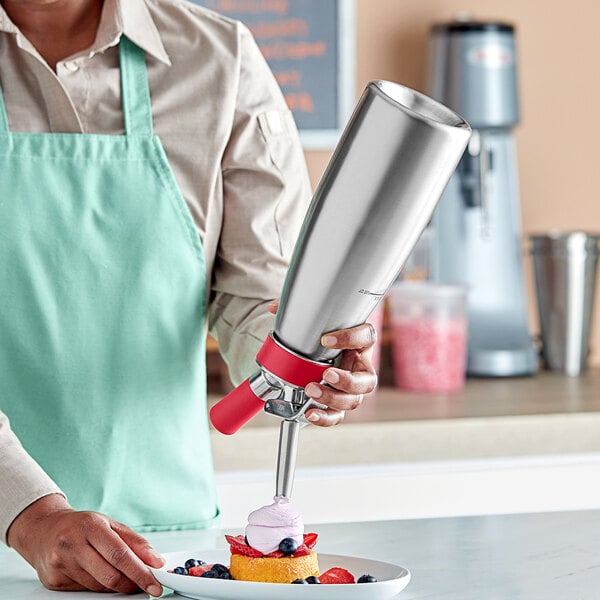The History of Whipped Cream Infusion: From Hand-Whipping to Culinary Innovation
Whipped Cream in Early History:
The origins of whipped cream date back to the Renaissance era in Europe, where recipes for “snow cream” appeared in 16th-century cookbooks. These recipes described manually whipping cream with sugar to create a light, fluffy topping. This labor-intensive process was typically reserved for the wealthy, as cream and the tools to whip it were considered luxuries.
The History and Uses of Food-Grade Nitrous Oxide
Nitrous oxide, or N₂O, has long been recognized for its versatility, finding applications in medicine, industry, and even entertainment. However, its role in the culinary world—specifically as food-grade nitrous oxide—has quietly revolutionized the way we prepare and enjoy certain foods and beverages. From creating the perfect whipped cream to enabling avant-garde gastronomy techniques, food-grade nitrous oxide has earned a place in professional kitchens and home cooking alike.

The Origins of Nitrous Oxide in Food
While the discovery of nitrous oxide dates back to 1772, its use in food preparation emerged much later. The transition began with the invention of the whipped cream dispenser in the early 20th century. French inventor Gaston Géraud patented the concept of a pressurized cream whipper in 1931, and nitrous oxide was quickly identified as the ideal propellant for this device.
Why nitrous oxide? It dissolves easily in liquids like cream and creates a stable foam when released. Unlike carbon dioxide, which imparts a tangy taste, nitrous oxide preserves the natural flavor of the ingredients. This innovation brought whipped cream from labor-intensive hand-whipping to a convenient, ready-to-use form.

Modern Uses in Culinary Innovation
Beyond whipped cream, food-grade nitrous oxide has become a staple in modern gastronomy, thanks to its ability to create unique textures and presentations:
- Foams and Espumas
Renowned chefs use nitrous oxide to create foams and espumas (Spanish for “foam”) that add an elegant, airy touch to dishes. These foams can be savory or sweet, incorporating flavors from ingredients like herbs, fruits, or cheeses. - Rapid Infusions
Nitrous oxide is used to infuse liquids like oils, spirits, or syrups with flavors in minutes rather than hours. By pressurizing the liquid with N₂O, chefs can accelerate the absorption of aromatic compounds, making it a valuable tool for crafting cocktails and marinades. - Baking and Molecular Gastronomy
Nitrous oxide can aerate batters for ultra-light cakes or create nitrogen-based emulsions for inventive culinary creations. Its versatility has made it a cornerstone in molecular gastronomy, where science meets art in food preparation.Whipped Cream Infusion Today
Whipped cream infusion has become a cornerstone of modern cooking, offering convenience and versatility to both home cooks and professional chefs. The method has come a long way from its Renaissance roots, evolving into a sophisticated tool for culinary creativity.
Whether it’s a classic dollop of cream on a slice of pie or an intricate espuma at a Michelin-starred restaurant, the history of whipped cream infusion is a testament to the power of innovation in transforming everyday ingredients into extraordinary culinary experiences.
A Whipped Cream Finale: From History to Your Plate
The story of whipped cream infusion is a journey of ingenuity, from the lavish kitchens of Renaissance Europe to the sleek, pressurized canisters in modern homes and restaurants. What started as an art of manual labor has transformed into a science of culinary convenience, unlocking endless possibilities for creativity.
So the next time you top your hot cocoa, garnish a slice of pie, or impress guests with a savory espuma, take a moment to appreciate the history packed into that fluffy dollop. After all, you’re not just enjoying whipped cream—you’re savoring centuries of innovation, one sweet (or savory) bite at a time.
Now, grab your favorite cream whipper and let the adventures begin—because history has never tasted so good!

